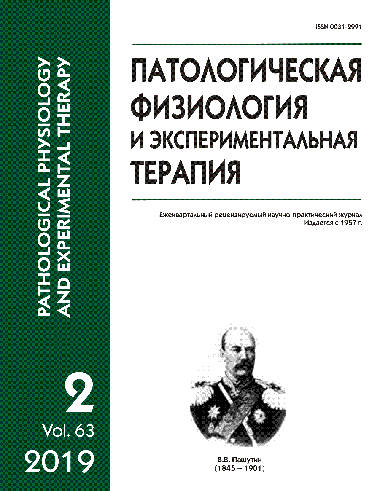Three options for fatty acid transfer in the form of triglycerides in carnivores and herbivores before insulin synthesis and under the action of insulin
Abstract
Is the human being an omnivore? Biologically, this is impossible. Homo sapiens is the herbivore. However phylogenetically, ocean-living ancestors of people were fish-eating carnivores. We suggest that three systems of fatty acid (FA) transport to cells have formed successively, at several million-year intervals, in the form of nonpolar triglycerides (TG) as constituents of apoB lipoproteins (LP): i) in the carnivores, both in the ocean and on land: enterocytes → apoВ-100 VLDL → LDL → apoВ-100 endocytosis; ii) in herbivores prior to insulin production: transport of chemically inert palmitic FA along the hepatocytes → palmitic VLDL→ LDL→ apoВ-100 cellular uptake pathway; iii) in herbivores under the action of insulin, the transport pathway for chemically active oleic FA is the shortest: hepatocytes→ oleic VLDL→ apoЕ/В-100 endocytosis by insulin-dependent cells. Thus, oleic VLDL cannot transport palmitic TG that have different physico-chemical parameters. In the insulin-dependent transport of oleic FA, TG are associated only with VLDL but not with LDL. When the diet is rich in meat and palmitic saturated FA cells do not internalize nonligand palmitic VLDL→LDL via apoЕ/В-100 endocytosis; physiologically, this endocytosis does not exist. In type IIb hyperlipoproteinemia, saturated FA are transported before the effect of insulin. If a patient eats excessive meat, transport of saturated FA follows the pathway typical of carnivore animals, which results in type V hyperproteinemia as detected by LP electrophoresis. Although atherosclerosis and atheromatosis share some pathogenetic features they are biologically different processes associated with impaired biological functions of trophology and endoecology.






